
At Milan Design Week 2025, Formica Group unveils FORMICA (r)EVOLUTION, an immersive exploration of the brand’s most transformative decades, from the 1930s to the 1980s. The exhibition, now open at FENIX Scenario on Via Quintino Sella 1, charts how Formica laminates redefined the domestic and commercial environments of modern life, turning everyday surfaces into icons of design.
FURNITURE
Formica’s history spans over a century, beginning in 1913 in Cincinnati, Ohio. Since 2019, the company has operated under Broadview Materials, alongside FENIX, Arpa, Homapal, Getacore and Trespa. This year’s showcase reaffirms Formica’s ongoing relevance, offering an anthological view of how its materials shaped, and were shaped by, decades of innovation, creativity, and cultural shifts.

Curated by Daniele Lorenzon, founder of Compasso Design and Gilda&Co, and Alessandro Pedretti, architect and design curator, the exhibition presents over forty historical pieces. The selection spans household and public furnishings, where Formica laminates were paired with other materials to reveal unexpected formal and chromatic synergies. Divided into three themes, Signature Design, Fluid Objects, and The Roaring ‘60s & ‘70s, the exhibition contextualizes these objects through the lens of design history and socio-cultural transformation.
Signature Design features furniture by design legends who embraced Formica for its technical qualities and visual potential. Standout pieces include Gio Ponti’s 1940 desk, Charles and Ray Eames’ 1950 tea table for Herman Miller, Alvar Aalto’s 1935 children’s stools for Artek, and George Nelson’s 1960s desk for ICF. These objects illustrate how Formica transitioned from industrial utility to creative mainstay, appearing in pieces that helped define the canon of modern design.

In Fluid Objects, the focus shifts to flexibility. This section includes furniture that folds, transforms, or moves, tapping into the core properties of Formica: lightness, adaptability, and strength. These mid-century pieces, like a breakfast table with rattan magazine rack or a yellow folding table from the 1970s,underscore the material’s role in facilitating dynamic, multifunctional living.
The Roaring ‘60s and ‘70s offers a vivid account of how Formica mirrored the exuberance of pop culture and the design revolution of the time. Laminates became a canvas for color, pattern, and experimentation. Think chequered tables, floral plant stands, and sculptural lighting, expressions of a new domestic freedom that blurred the lines between art, design, and everyday life.
The exhibition design, developed by Sopa Design Studio, centers on paper, a nod to the essential material used in creating Formica laminates. Red paper sheets suspended from the ceiling form a striking visual path, echoing both the brand’s logo and its raw material origins. Enhancing this concept, Japanese papercraft artist Yoko Miura contributes delicate everyday items crafted entirely from paper, teacups, umbrellas, apples, quiet reminders of the material’s transformative potential.

FORMICA (r)EVOLUTION is also a preview of FENIX Scenario’s evolution into a permanent exhibition hub for the Formica brand. This space aims to become a meeting point for architects, designers, and enthusiasts throughout the year, with additional installations already scheduled. In June, Formica will participate in 3daysofdesign in Copenhagen with FAST/FORWARD, a research-driven initiative curated by Federica Sala, inviting six international designers to rethink everyday furnishings using both Formica and FENIX materials.
At a time when the industry continues to search for smarter, more responsible design solutions, Formica remains a reference point. FORMICA (r)EVOLUTION celebrates the past and points toward a future shaped by ongoing experimentation, grounded in a history made of paper, pressure, and possibility.

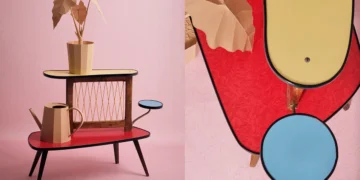













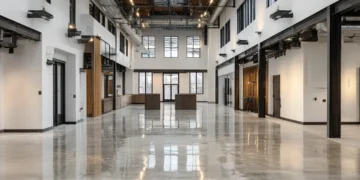

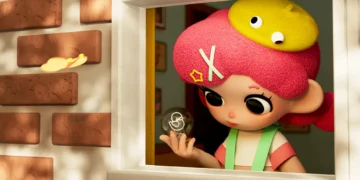
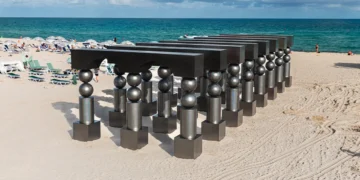
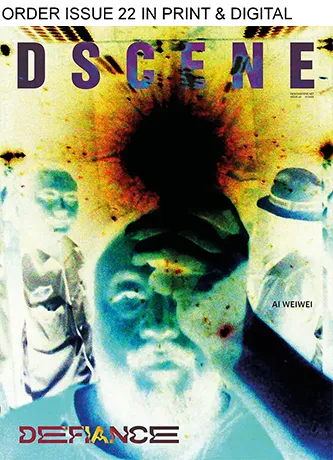

these are so cute 🥰